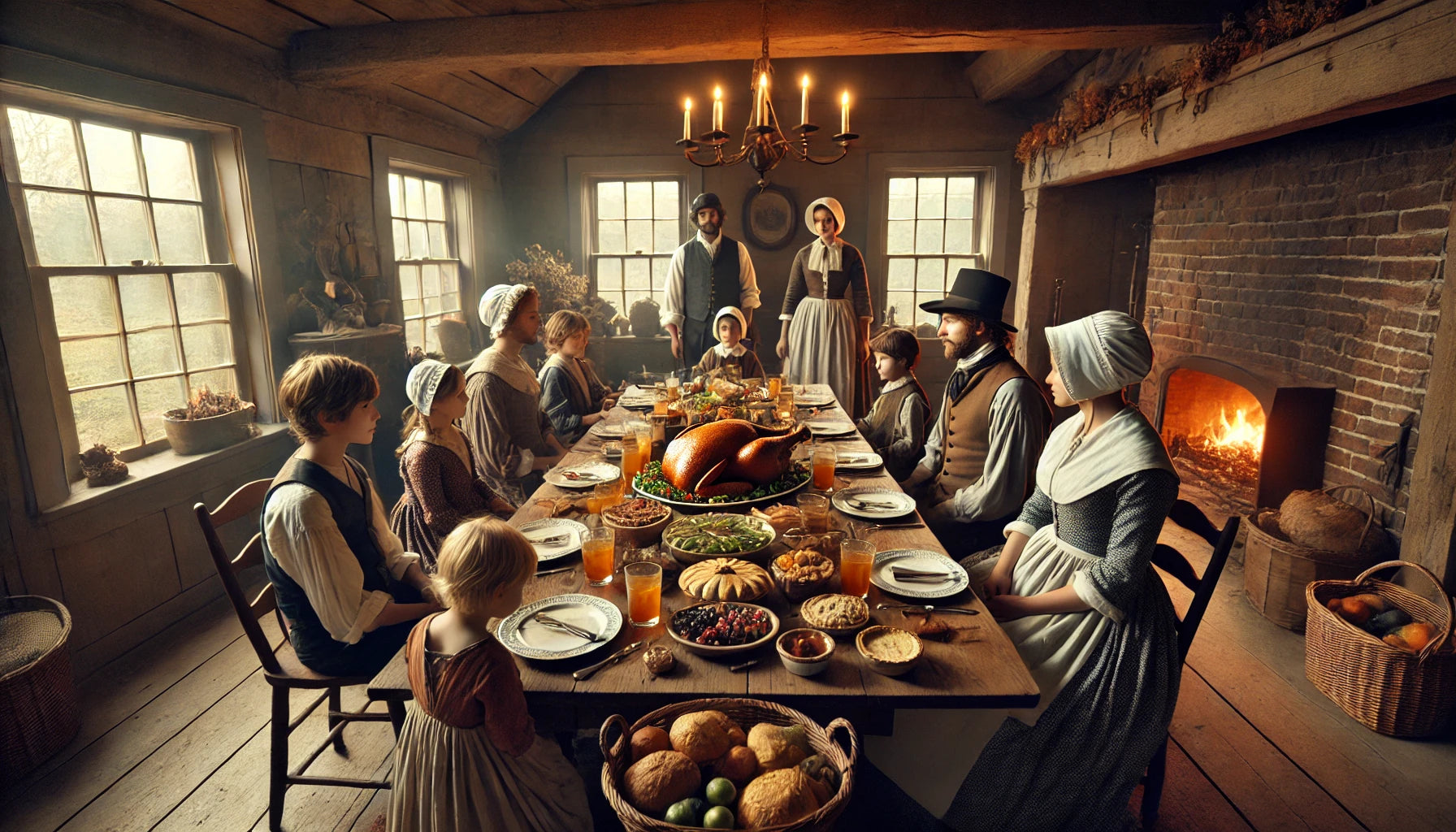
The Thanksgiving Pickle Plate
Pickles may not be the first food you associate with Thanksgiving, but they've earned a place in the holiday's culinary history. This tradition began with early settlers and Native Americans, both of whom practiced food preservation methods essential for survival through the cold, harsh winters. Pickling was one of the most common ways to preserve the bounty of late summer and fall, allowing families to enjoy fruits, vegetables, and herbs long after harvest. By the 19th century, as Thanksgiving became an established American holiday, pickles were a staple at the table.
Pickling in brine or vinegar was widespread in Europe, particularly in England, Germany, and Eastern Europe, where settlers immigrating to America brought their favorite recipes. They pickled cucumbers, cabbage (sauerkraut), and even fruits like watermelon rinds and pears. These pickles added bright, tangy flavors to the often heavy Thanksgiving meals of turkey, potatoes, and gravy.
As Thanksgiving gatherings became more formal, many Victorian homes introduced "relish trays," featuring an assortment of pickled items like gherkins, olives, and onions. Relish trays offered a variety of textures and flavors and also added a decorative element to the holiday spread. Families could prepare them ahead of time, allowing hosts to focus on the more labor-intensive dishes.
A Midwestern and Southern twist on the pickle tradition was the "Thanksgiving Pickle Plate," which became popular in the 20th century. This plate often featured a range of homemade pickled vegetables, like green beans, okra, and spicy carrots, alongside the more familiar cucumber pickles. Pickle plates were also adaptable, allowing families to incorporate whatever local produce was abundant that season.
Even today, pickles remain a Thanksgiving staple, adding a refreshing, acidic contrast to rich and savory holiday fare. Some families maintain the pickle plate tradition, while others embrace newer recipes like quick-pickled cranberries or beets. While pickles may seem like an unusual Thanksgiving food, their preservation roots and enduring presence on relish trays and pickle plates are a reminder of the holiday’s humble, resourceful origins.

Leave a comment